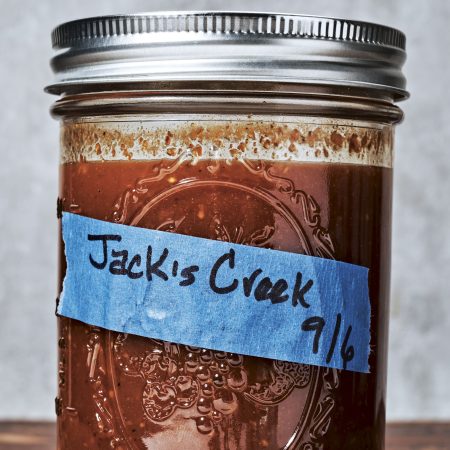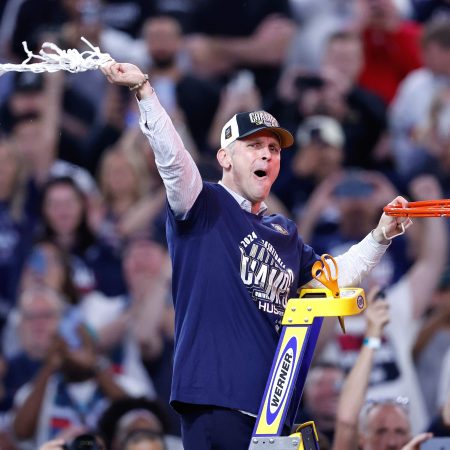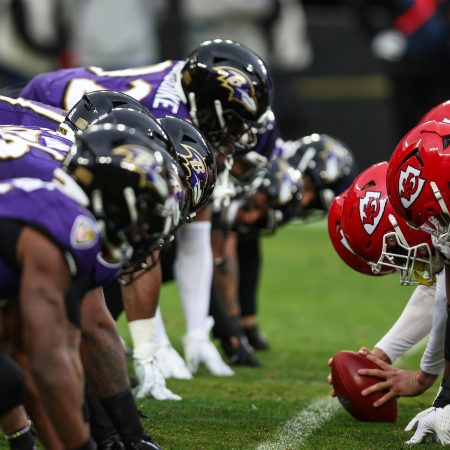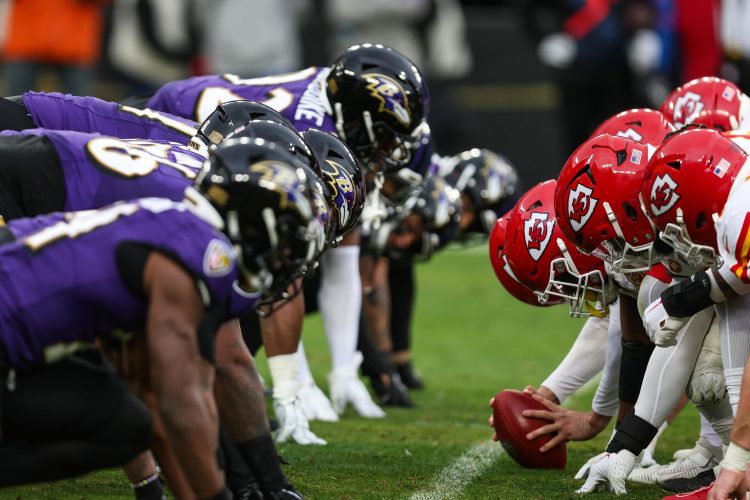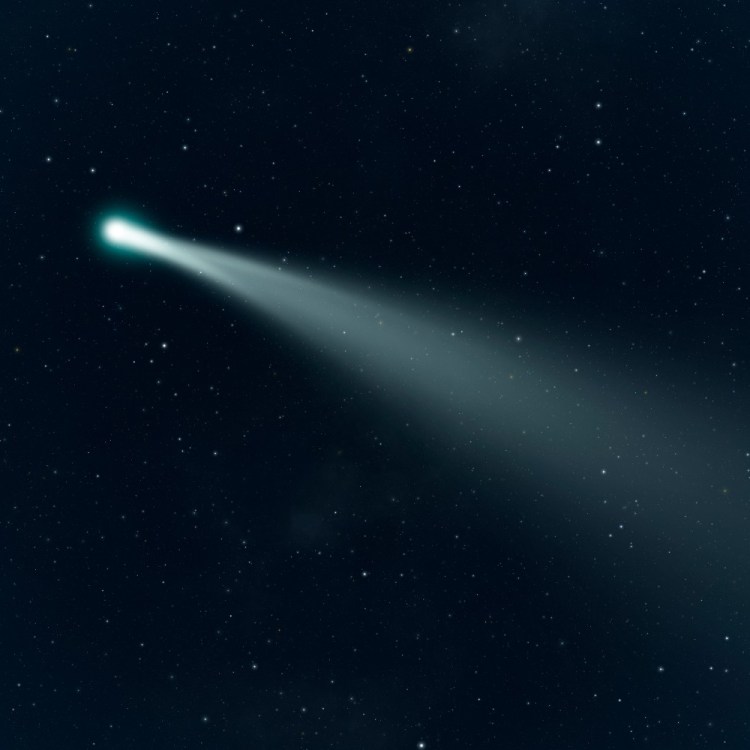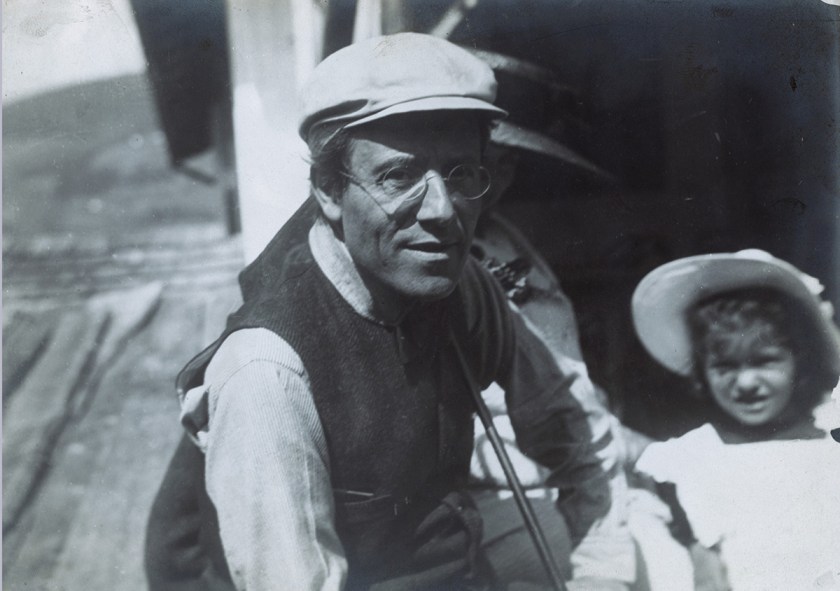
Gustav Mahler, famed Austrian composer and conductor, was somewhat of an anomaly in the classical music world. Although he produced highly impressive works throughout his lifetime, which straddled the line between tradition and modernism—including Symphony No. 2 (a.k.a. the Resurrection Symphony)—his body of work wouldn’t catch on until after World War II (more than 30 years after his death). “His music speaks to us now more than ever,” BBC Proms host Katie Derham recently told Sotheby’s. “Put Mahler on a concert program, and that concert sells out.” The Second Symphony would premiere first in America in 1908 in New York City, and has since been performed countless times by numerous U.S. orchestras.
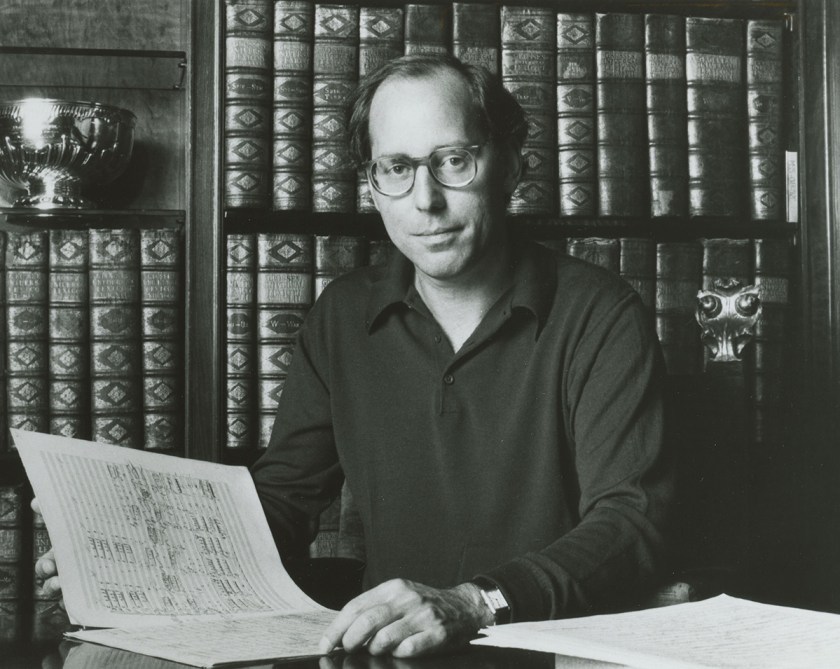
Although many enthusiasts have come to know Mahler’s Resurrection from the perspective of the close listener or classical musician, one man made it his lifelong obsession. American magazine mogul Gilbert Kaplan, who founded the Institutional Investor in the late 1960s, became particularly obsessed with Mahler’s Second Symphony after seeing it performed at Carnegie Hall in ’65. So much so that he devoted the rest of his life to learning it, recording it, and conducting it. (For those of you who are unfamiliar with the guts of conducting, it is by far the most difficult job in the concert hall; it involves knowing every single piece of the orchestra’s part, an instinctive grasp of the composition being performed, and the ability to keep a steady beat while being constantly a step ahead of where the orchestra is in the music.) Maybe the most surprising part? Kaplan had no formal musical training.
Like any true obsessive collector, Kaplan ended up acquiring the original manuscript in which Mahler had annotated the symphony, and in ’86, published a facsimile version of it, releasing it for public consumption. As Kaplan told The New York Times that year:
“‘The publication of this facsimile means that for the first time this masterpiece can be studied and experienced outside the confines of the library and archives….For me, it also represents the culmination of a long personal search for the roots of Gustav Mahler’s second symphony.”’
The manuscript itself called for a 90-piece orchestra and choir, and as British conductor Sir Mark Elder notes to Sotheby’s, “To see [it], is a once-in-a-lifetime chance….His imagination comes leaping off of the page.” He goes on to comment about Mahler’s handwriting and meticulous notes, which showed a potential conductor exactly how Mahler wanted it executed in a live setting.
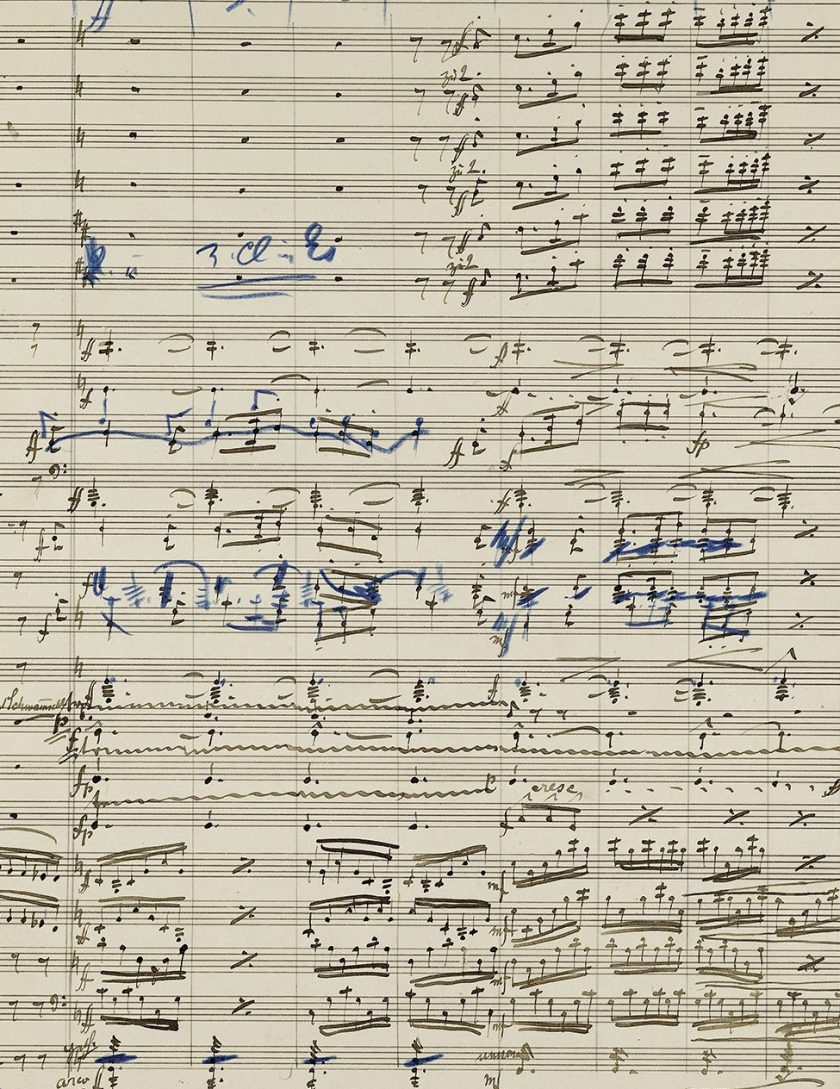
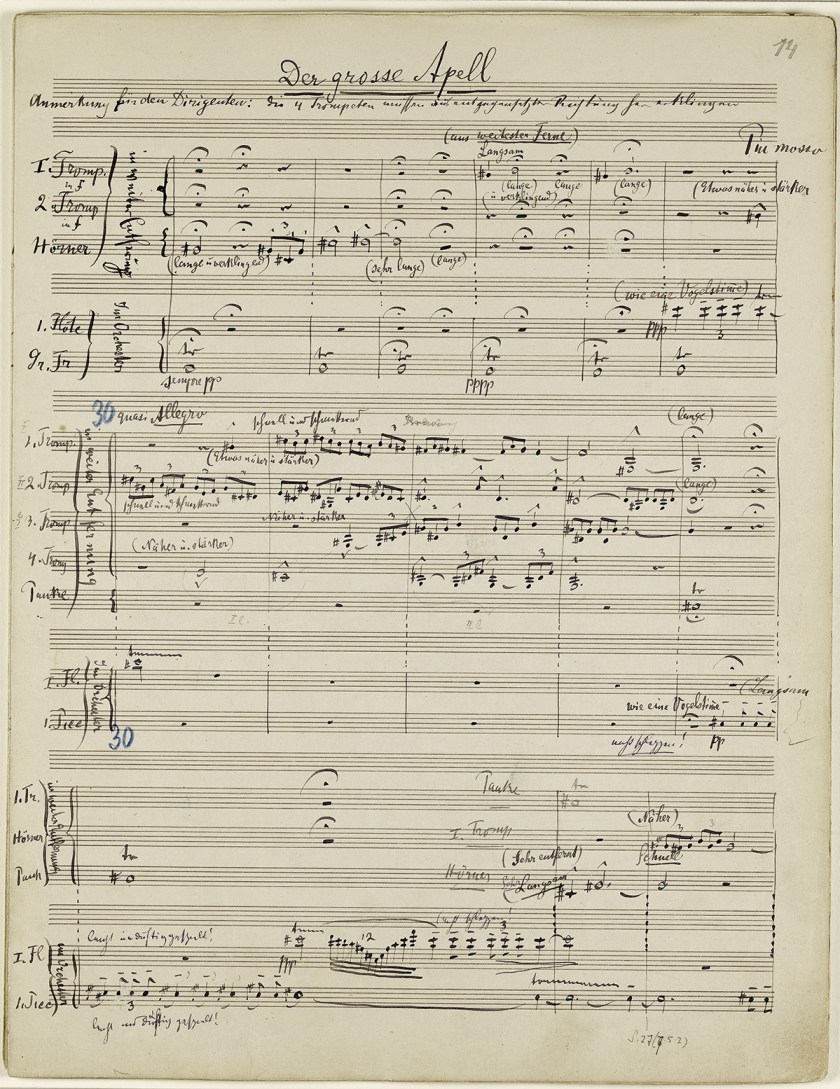
And now this amazing manuscript will be for sale at Sotheby’s London on Nov. 29—along with original musical manuscripts from composers such as Sibelius, Beethoven, Chopin, and Bartok. But the Mahler is the true gem here: Its pre-auction estimate of between $4.4 million to $5.7 million makes it the single highest estimate for a musical manuscript in Sotheby’s history.
To view more of Mahler’s Symphony No. 2 manuscript, autographed by the composer, click here. To browse the entire auction, click here.
This article was featured in the InsideHook newsletter. Sign up now.






